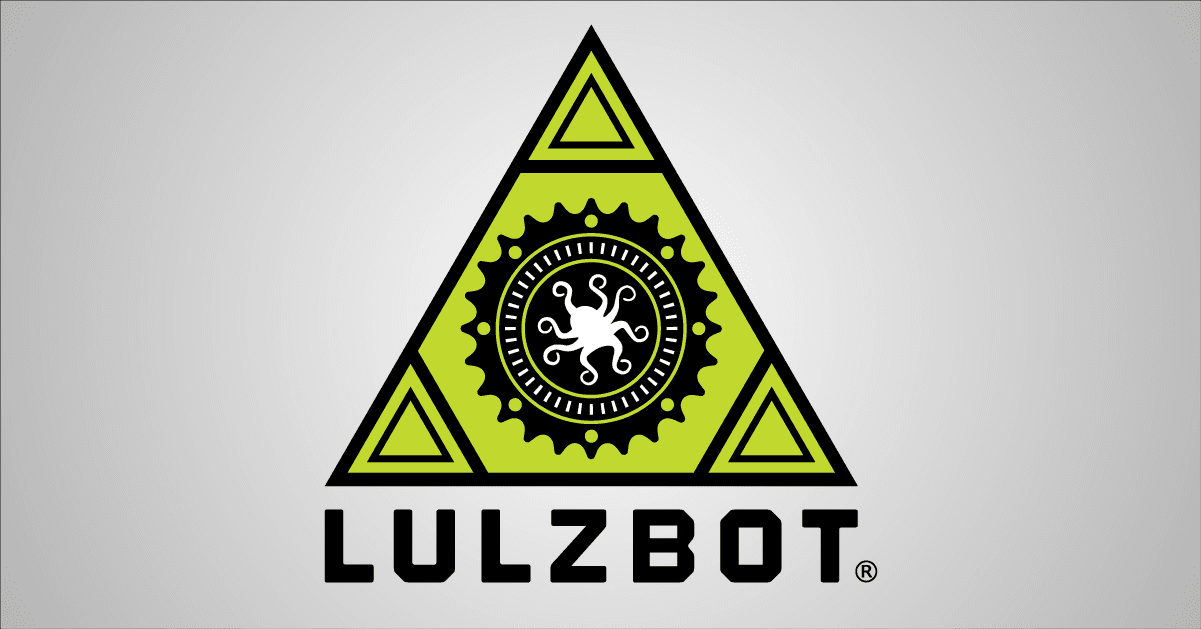The Life & Times of a 3D Printer Cluster

3D printers are certainly a hot topic at the moment. However, conversations about 3D printers overwhelmingly focus on individual printers, print materials, and software programs. What some people don't know is the product life cycle benefits associated with 3D printer clusters, which refers to having two or more 3D printers operating in tandem.
At Aleph Mountain, our 17,000 square foot headquarters in Loveland, Colorado, Aleph Objects, Inc. runs a cluster of 135 LulzBot 3D printers. The cluster currently has a maximum output of 40 kilograms (approximately 100 pounds) per day -- an output that can more than double without adding any additional machines.
Aleph Objects has been leveraging a cluster from the day our doors opened three years ago, and while the cluster has grown in size, scale, and complexity, its foundational role with regard to product life cycle remains the same.
Quickly bring products to market
During the introduction stage of our products, engineers rely heavily on the 3D printer cluster to help bring products to market quickly, releasing early and often. Modifications take hours, not months, and cost a fraction of traditional mold processes with significantly less waste.
A 3D printer cluster allows teams to remove steps between prototyping and production by using the same equipment for both steps, thereby eliminating time and cost. Closely integrated development and production allows team members to share resources (e.g., people, processes, and technology). Furthermore, an open-source hardware development approach allows the 3D printer community to test products being developed in the cluster while we are developing them, such as specialty nozzles, so they can influence the design of products before those products are introduced to the market.
With a 3D printer cluster functioning upstream in the supply chain, companies can dramatically increase production of certain parts as they are needed, either for part improvements or replacements.
Clusters take on the competition
A 3D printer cluster can put a company in a unique competitive position as the market for custom products continues to mature. No retooling or modification is needed between manufacturing runs, so companies are able to both service existing products and customers while also prototyping entirely new products with low marginal cost. The ability to rapidly pivot to new products allows companies to stay ahead of the curve.
It is important to point out that embracing the philosophy of Libre Hardware, particularly through the RepRap community, also benefits companies, from product introduction through market maturation. As a result of the open community, companies are able to develop quality initial products. And, as a result of the community's valuable feedback, LulzBot has been able to continue to improve our products to this day.
Could a 3D printer cluster help take your product to the next level? Please post a comment below to share your thoughts on all of this.
This post originally appeared on the EE Times designlines prototyping blog on February 7, 2014 here.
